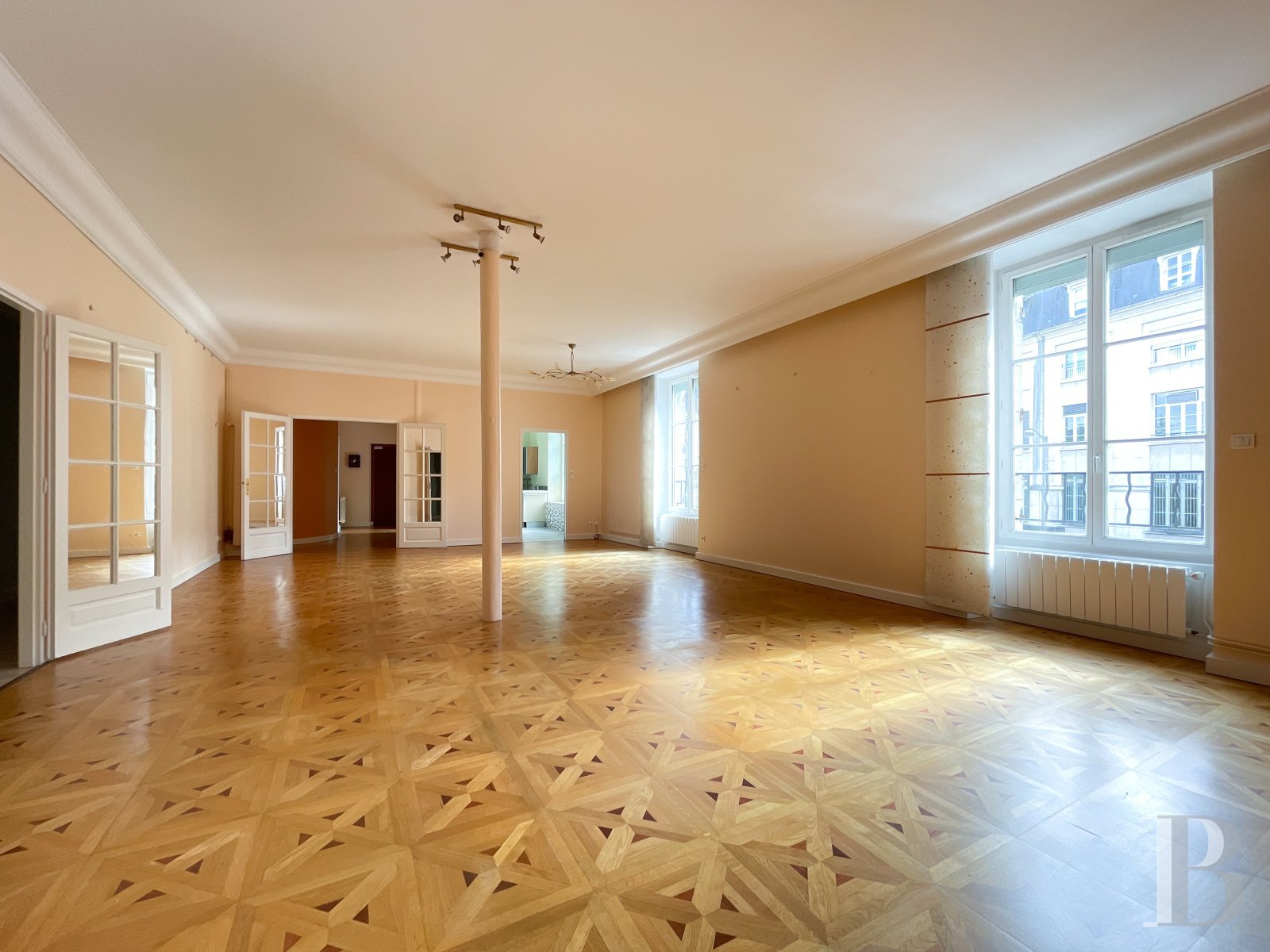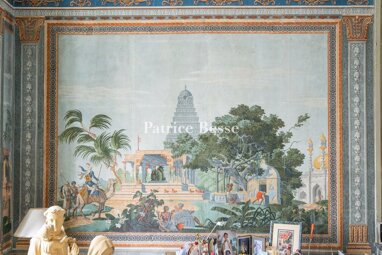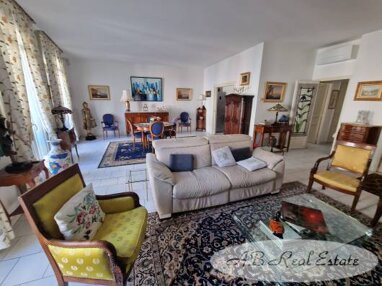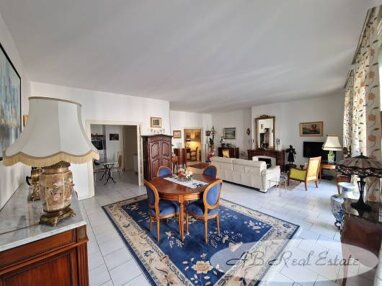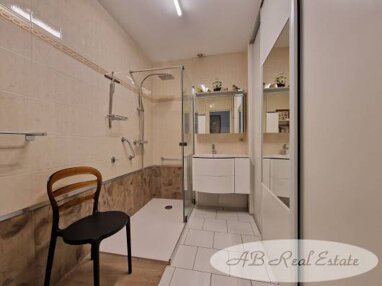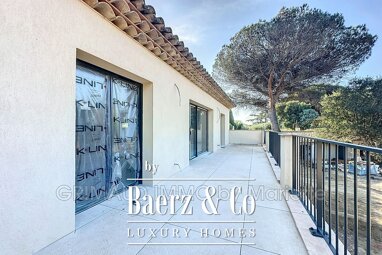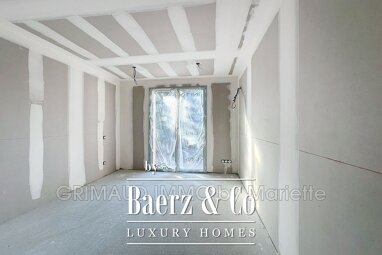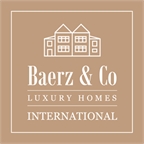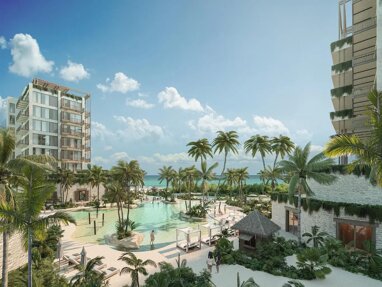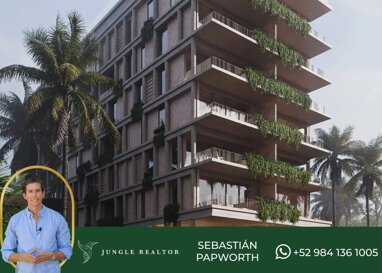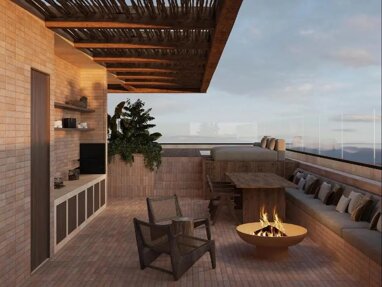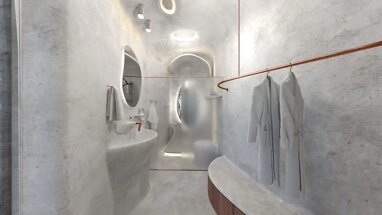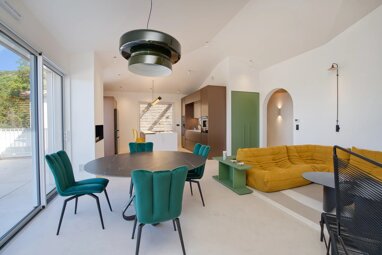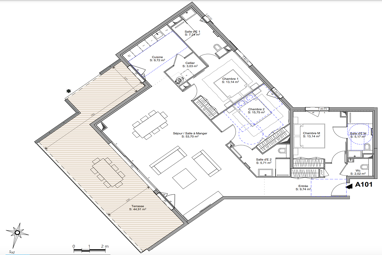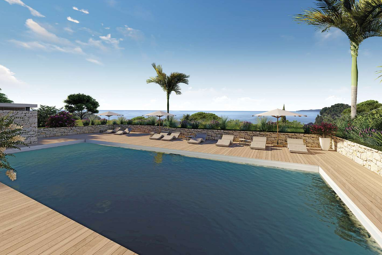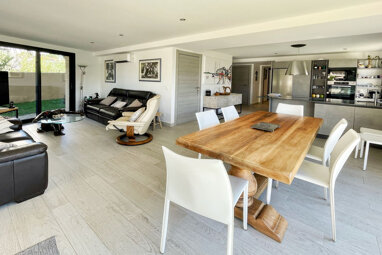A large, undisturbed five-bedroom flat on the first floor of a former post office building in the sought-after Belle Époque district of Périgueux - re
A large, undisturbed five-bedroom flat on the first floor of a former post office building in the sought-after Belle Époque district of Périgueux.
Périgueux, a town steeped in art and history and the capital of the Dordogne department, is a city on a human scale, built on a loop of the Isle river and surrounded by seven hills. The different districts bear witness to the rich history of the city, encompassing Gallo-Roman times, the Renaissance and the early modern period up to the present day.
Located just a stone's throw from the lively tourist centre, the Belle Époque district is mainly residential, although there are also many amenities, shops and cultural venues in the immediate vicinity. A hospital is 2 km away and the A89 motorway can be reached in less than 10 minutes.
The district linking the Cours Montaigne to the railway station was created in the late 19th and early 20th centuries. Between the existing townhouses, there are apartment blocks and other new constructions providing residents with new services and cultural venues.
From 1906 to 1930, the building was used as a post office because of its modern layout, comprising three vast levels of 200 m² each, plus cellars and an Eiffel-style iron roof structure. Six metal posts rising from the central space of the ground floor underpin what was at the time an architectural feat. The rectangular stone building is topped by a hip roof with interlocking tiles.
The northern, neo-classical facade facing the street features large, small-paned French windows opening onto small balconies protected by wrought-iron railings. The dressed stone window surrounds and cornice are embellished with decorative colonnades, diamond-carved motifs and geometric shapes. At either end of the building, there is a monumental entrance door. The first, topped by a carved fire pot, leads via a staircase to two floors and provides access to a secure parking courtyard at the rear. A staircase behind the second entrance door leads to the cellars.
The flatThe only dwelling on the first floor, it is accessed from the side via a landing serving just one door. The entrance hall, positioned almost centrally, has the particularity of being arched, continuing in a straight line down a long passageway leading to a separate lavatory at the other end of the floor. The ceiling, with a height of roughly 2.5 m, features spotlights running along its entire central axis. All the other rooms have retained their original height of 3 m. Behind a wooden double door with sixteen mirrored panes, there is a vast living room with the only exposed metal column in the flat, a decorative moulding on the ceiling and a Versailles-style parquet floor with a cross motif, the same as in the hall. The hall leads to a fitted kitchen with tiled floor situated at the south end.
The master bedroom is bordered by a closet and a shower room with engineered wooden flooring. There are four further bedrooms to the north, three of which are illuminated by large three-paned French windows opening onto a small balcony. The last includes an additional window illuminating a space fitted in a lateral extension. The third bedroom has a shower room with en-suite lavatory and built-in wardrobe, and so does the fourth, where the shower and toilet have been replaced by a bathtub. Finally, the last bedroom is currently used as a study. It is accessed from an area off the hall that contains a laundry/boiler room with an electric panel, a hot water tank and a water softener, as well as a closet, a lavatory and en-suite facilities.
The windows on either side are all double-glazed and fitted with electric roller shutters. Two of these windows let in plenty of south-facing light into the bright flat.
